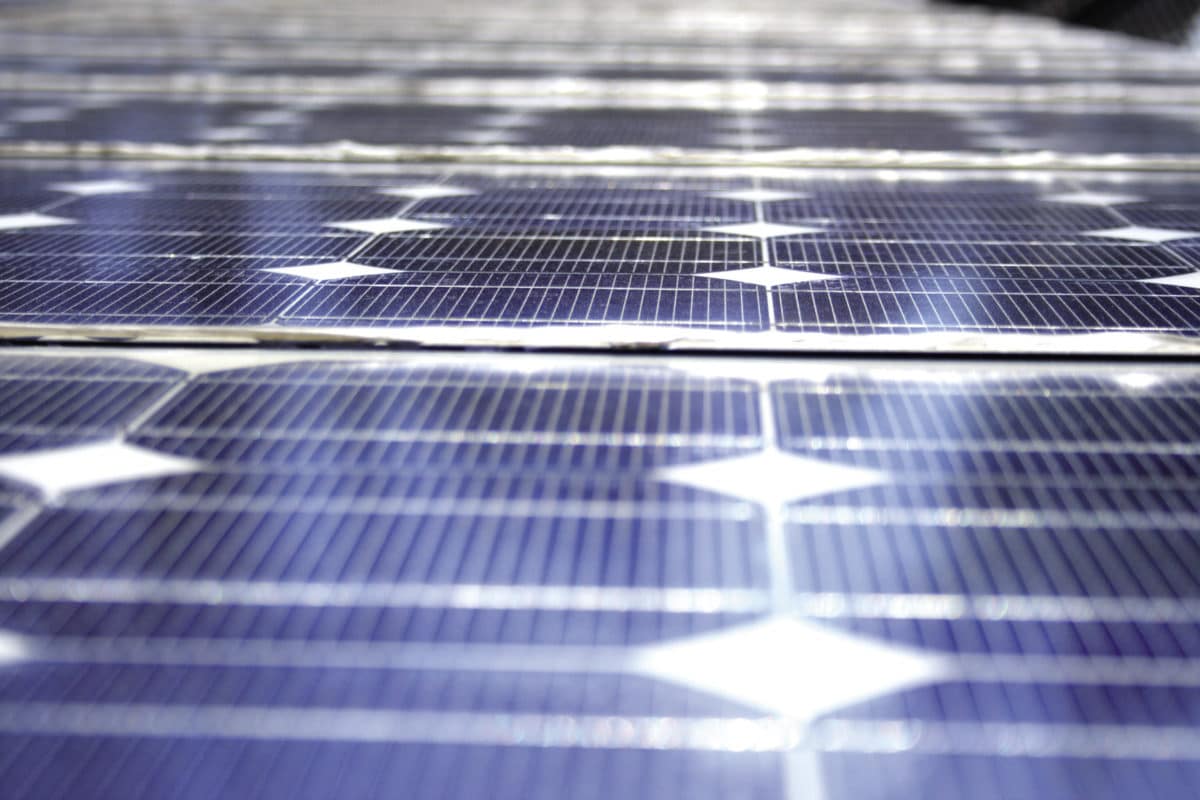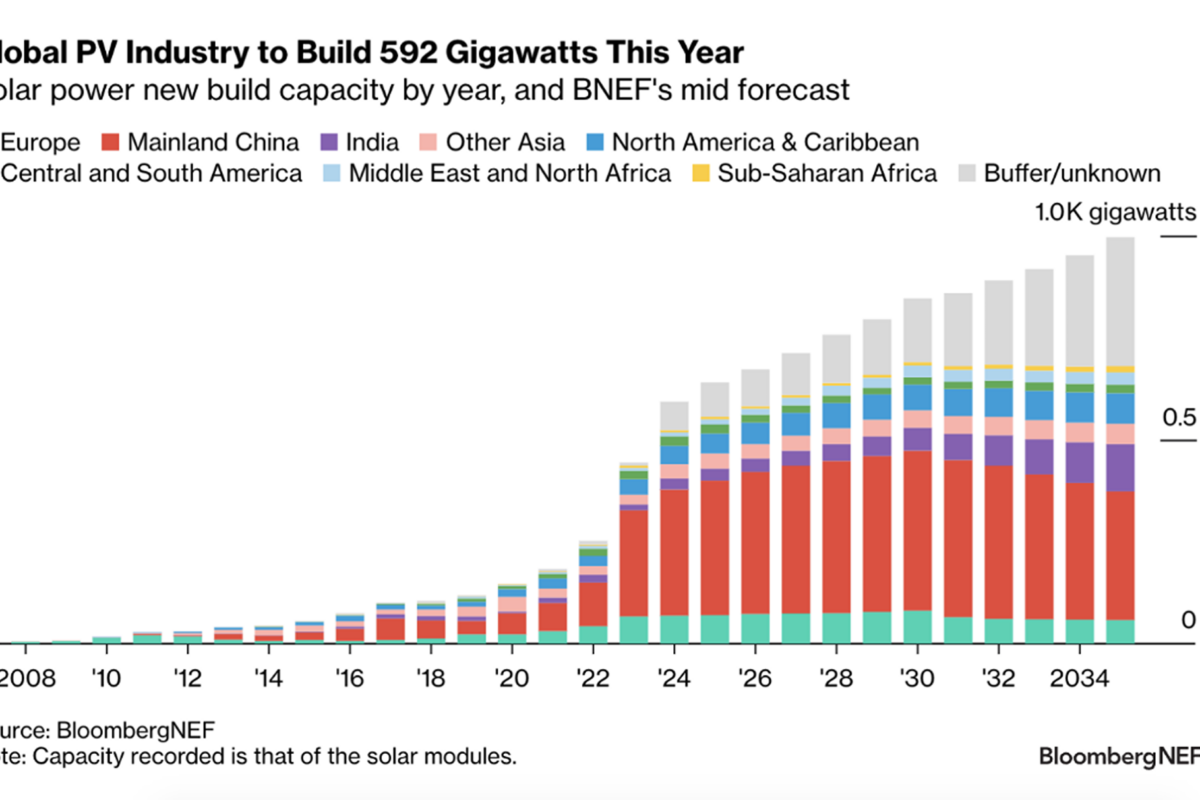2021 saw increasing calls for supply chain transparency, including EU draft legislation published on corporate due diligence and accountability to improve upon the currently available voluntary measures, which have been described as largely ineffective.
Meanwhile, in the first two months of 2021, leading European and U.S. trade associations and analysts spoke out against forced labor in China’s Xinjiang province, where 40% of the world’s polysilicon is currently manufactured.
In response, The US Solar Energies Industry Association launched a Solar Supply Chain Traceability Protocol, in April, which offers guidelines intended to help solar companies meet compliance obligations and “provide customers with assurances that their solar products are free of unethical labor practices.”
Following this, on June 24, the US Government decided to ban products from four Xinjiang-based solar manufacturers over alleged forced labor allegations. This decision has affected global supply chains as companies seek to find new suppliers.
Discover our Workers’ rights coverage
Xinjiang sanctions and the PV supply chain: Due to forced labor concerns, a ban on imports from Xinjiang to the United States appears likely. This could be another blow for polysilicon producers hit by industrial accidents and the threat of floods in the third quarter of 2020. Chinese polysilicon prices have surged more than 50% in a matter of months. Consequently, wafer prices have skyrocketed, bringing increasing costs to the solar cell and PV module segments. In the face of price hikes, some projects are now postponed until the first half of 2021.
Leveling the playing field: For a truly successful clean energy transition, the solar industry must also address other toxic issues that continue to arise, including workers’ rights.
Why human rights protection is pushing up module prices: The solar industry typically sees itself as being supportive of the environment, humanity, and human rights. Even large Chinese PV manufacturers publish statements to this effect, particularly if they are listed on Western stock exchanges. But what do human rights have to do with the solar industry? What connections exist, asks Martin Schachinger of pvXchange, and how are they important to the future success of the European PV market?
Polysilicon from Xinjiang: a balanced view: As of March, the United States and Europe were considering sanctions on polysilicon from Xinjiang, China, due to concerns over forced labor. The U.S. government has already barred entry for all cotton products and tomatoes from the region. However, as BloombergNEF analyst Jenny Chase writes, there is no evidence that forced labor is used in polysilicon production in Xinjiang – in fact, the economics might point against it.
Unchained: Political moves shift solar supply: PV module supply chains to the U.S. industry are in flux, and not for the first time. Moves to take action alongside stimulus measures aimed at clean energy are changing the way in which U.S. developers and installers source modules, writes David Wagman, senior editor of pv magazine USA.
Solar ethics, forced labor: The U.S. solar industry has condemned all forms of forced labor and we are committed to ensuring that solar products coming into the U.S. do not contain anything made using forced labor.
Toward traceability: Supply chain auditing has long played an important role in the PV industry, ensuring contracted standards are met and quality is maintained in manufacturing. And with a growing movement calling for ethical and sustainable practices across the solar supply chain, the process could soon take on a new dimension.
Getting on the front foot: For the effective rollout of the global energy transition we urgently need, the time has come to ensure that all aspects of solar and energy storage supply chains are transparent, sustainable, and just. But how can this be achieved? And are there tangible business advantages to be reaped? As part of our Q2 UP Initiative focus on workers’ rights, pv magazine has compiled a five-step guide for best practice in supply chain management.
SEIA seeks supply chain transparency: As ethical concerns around the solar supply chain grow, the U.S.-based Solar Energy Industries Association (SEIA) has a new tool for improving transparency, backed by a traceability protocol. In late April, SEIA released the protocol, which it said would improve supply chain transparency and help ensure that solar components headed for U.S. projects are “made ethically throughout the solar value chain.” pv magazine USA’s David Wagman takes a closer look.
Webinar: Supply chain transparency on the rise – Where is the solar industry?
Op-ed: Greening solar supply chains – As solar energy experiences record growth, investors, customers, and regulators are increasingly asking for more disclosure and transparency on how solar supply chains are managed throughout product life cycles.
Check out the coverage from our UP Initiative Q1 theme: Agri-PV from Dec. 27. The Q3 theme: Sustainable electricity and corporates’ critical solar role, will publish on Dec. 29. In Q1 2022, meanwhile, we will be focusing on the rise of e-mobility and how it can complement the renewable energy transition. Specifically, we will examine the role electric vehicles, trains, and two- and three-wheelers can play in greening the electricity grid.
This content is protected by copyright and may not be reused. If you want to cooperate with us and would like to reuse some of our content, please contact: editors@pv-magazine.com.




7 comments
By submitting this form you agree to pv magazine using your data for the purposes of publishing your comment.
Your personal data will only be disclosed or otherwise transmitted to third parties for the purposes of spam filtering or if this is necessary for technical maintenance of the website. Any other transfer to third parties will not take place unless this is justified on the basis of applicable data protection regulations or if pv magazine is legally obliged to do so.
You may revoke this consent at any time with effect for the future, in which case your personal data will be deleted immediately. Otherwise, your data will be deleted if pv magazine has processed your request or the purpose of data storage is fulfilled.
Further information on data privacy can be found in our Data Protection Policy.